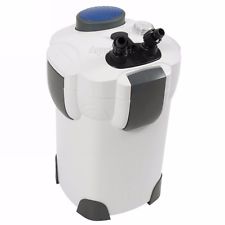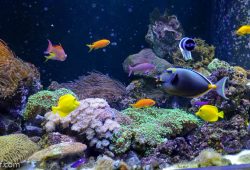Filtering your aquarium
The article is about Filtering your aquarium. Why are some people very successful in keeping a healthy beautiful aquarium whilst for others it can be an ongoing struggle? There are a combination of factors that ensure success in an aquarium and these include not overcrowding the aquarium, changing about a third of the water every two weeks and not overfeeding the fish. These successful aquariums have also been set up correctly from the start with a filter that is adequate for the size aquarium and number of fish being housed in it.

Choosing a filter can be a little mind boggling as there are literally hundreds now in the market place and many of them appear the same. To help you choose a filter best suited to your aquarium; here are some features that you should look for.
One of the most confusing parts when choosing a filter is the flow rate or the amount of water that the filter can pump. The flow rate is usually measured in litres per hour and a higher rate does not necessarily mean a better filter. Filters that are too big can push the fish around and stress them, whilst filters too small will not efficiently remove the waste from the aquarium. As a rule, the filter should be able to turn over the total volume of the water in an aquarium about 3 – 4 times per hour.
The filter should contain at least two types of filtration in it and if possible three types. The most important part of filter is known as the biological filter and this is the part of the filter that is designed to grow bacteria to break the ammonia and nitrite down. Where possible this section should be separate to the sections that capture particles and solid waste out of the water and should only ever be cleaned in water from the aquarium as tap water can harm the bacteria.
The second part that I have briefly touched on is a section that captures the particle out of the water. This section is known as the mechanical filter and usually consists of pads of foam, sponge or wool. The final part is known as the chemical filter and in this section, water is passed over carbon or other filter media to removed dissolved waste from the water.
Once you have ensured that the filter meets these basic requirements, have a look at the warranty period that is available on it. Many of the name brand filters carry warranty up to two years and whilst they may cost a few dollars more, you have the piece of mind of being able to get parts and service into the future if you need it.
There are three main types of filters on the market. There are internal filters which mount inside the aquarium, canister filters which mount underneath the aquarium and there are hang on filters that mount on the back of the aquarium.
If your unsure what filter would best suit your needs, just drop into the store and we would be happy to assist you.



